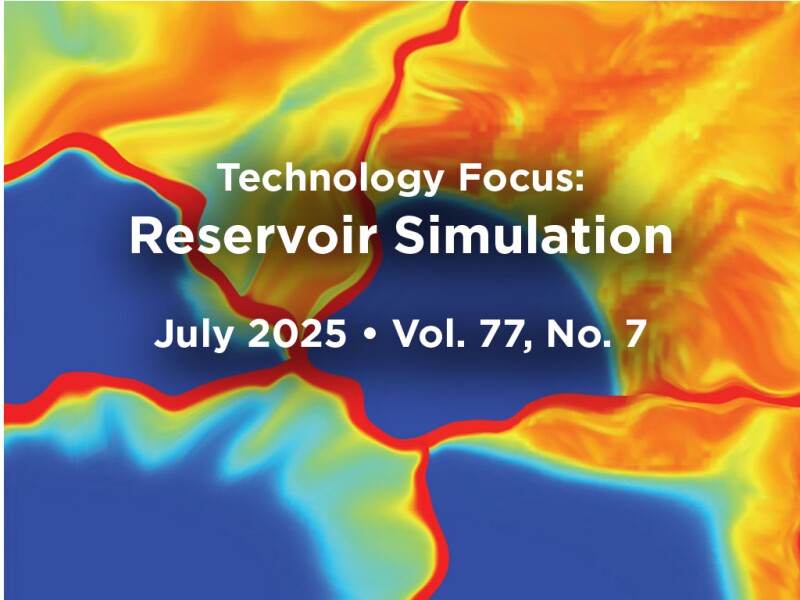As the global energy industry intensifies its commitment to decarbonization, carbon capture and storage (CCS) has emerged as a cornerstone technology for managing industrial emissions and advancing toward net-zero goals. For reservoir engineers and geoscientists, this marks a profound shift in subsurface resource management—from extracting hydrocarbons to ensuring safe, permanent CO2 storage over centuries. The implications for reservoir simulation are both technically complex and globally significant.
Modern CCS projects demand simulation workflows and advancements that can effectively capture not only multiphase flow but also thermal, chemical, and geomechanical processes over timeframes far exceeding conventional production cycles. Unlike traditional hydrocarbon developments, whose operational focus is maximizing recovery, CCS demands long-term containment assurance under substantial subsurface uncertainty. This has driven a dynamic evolution in simulation practices, advancing the modeling of CO2/brine/rock interactions, fault permeability, induced seismicity, and caprock integrity.
Looking forward, breakthroughs in adaptive gridding, physics-based proxy models, and real-time surveillance integration promise to redefine how subsurface models are constructed, history-matched, and deployed for enhanced oil recovery and dedicated CCS projects. The reservoir simulation discipline will increasingly sit at the intersection of energy security and climate responsibility.
As CCS transitions from demonstration to commercial deployment, the role of high-fidelity, risk-informed, and accurate simulation will only grow. The industry’s ability to manage subsurface uncertainty through robust modeling frameworks will be central to unlocking scalable, safe, and economically viable carbon-storage solutions.
Summarized Papers in This July 2025 Issue
SPE 221260 Cost-Effective Reservoir Simulation Technology Optimizes CCS Development by A. Iino, INPEX
SPE 223869 Workflow Allows Unstructured Coarse Gridding and Upscaling of Models for Flow Simulation by Turgut V. Ahmadov, Texas A&M University, et al.
SPE 222417 Workflow Enables Thermal Dynamic Simulation of CO2 Storage in Depleted Gas Reservoirs by Shah Abdur Rahman, SLB, et al.
Recommended Additional Reading
SPE 223911 Efficient Numerical Simulation of CO2 Sequestration in Aquifers With Consideration of Thermal Effects Using the Fully Unstructured Dynamic Adaptive Gridding by J. Solovský, Reservoir Engineering Research Institute, et al.

Harshil Saradva, SPE, is a senior reservoir engineer at Sharjah National Oil Corporation, with 10 years of experience in reservoir management, gas storage, field development planning, and reservoir simulation. He holds an MS degree in petroleum engineering from Heriot-Watt University and a bachelor’s degree in petroleum engineering from Pandit Deendayal Energy University. An active member of SPE, Saradva has authored or coauthored multiple technical papers.

